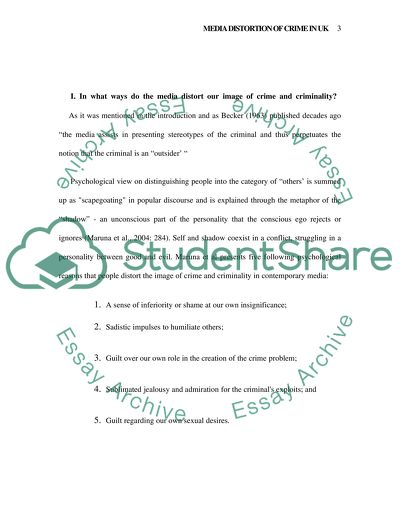Cite this document
(“Media and Crime Essay Example | Topics and Well Written Essays - 2500 words”, n.d.)
Retrieved from https://studentshare.org/sociology/1507129-media-and-crime
Retrieved from https://studentshare.org/sociology/1507129-media-and-crime
(Media and Crime Essay Example | Topics and Well Written Essays - 2500 Words)
https://studentshare.org/sociology/1507129-media-and-crime.
https://studentshare.org/sociology/1507129-media-and-crime.
“Media and Crime Essay Example | Topics and Well Written Essays - 2500 Words”, n.d. https://studentshare.org/sociology/1507129-media-and-crime.


